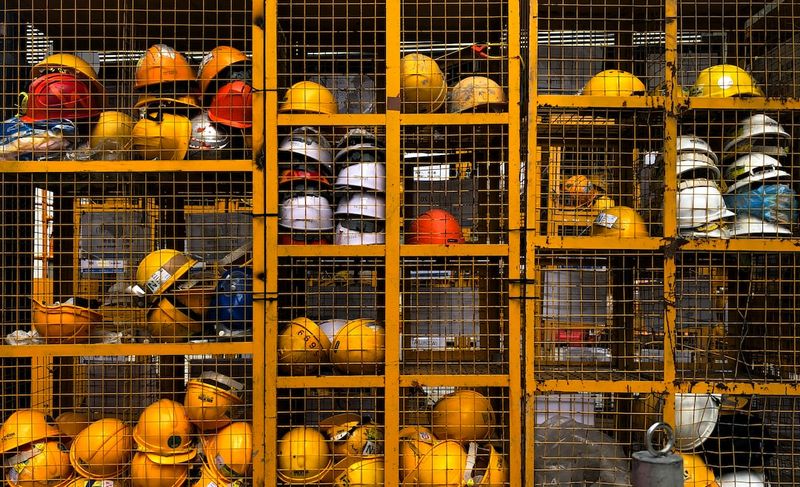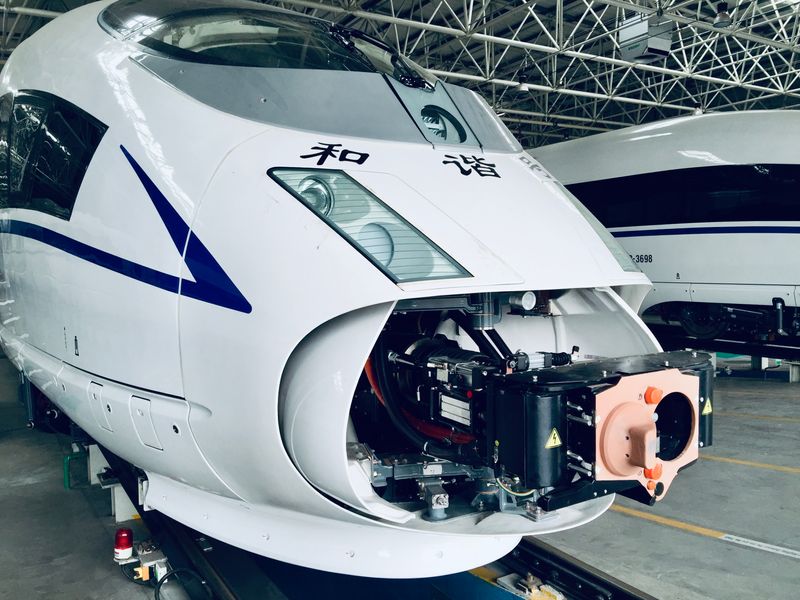Deadly Train Collision Raises Safety Concerns in India’s Outdated Railways
The recent train collision that took place in the eastern Indian state of Odisha has raised questions regarding the safety of India’s obsolete railway network. The tragedy involved two passenger trains and a freight train and has claimed the lives of more than 280 people. Over 1,000 people have been injured in the accident, making it one of the worst train collisions in India’s history. The government has announced a “high-level inquiry” into the incident, and officials have pointed to a traffic signaling failure as one of the possible causes. In this report, we delve into India’s railway infrastructure and the challenges it faces in modernizing it.
India’s Extensive Rail Network: A Brief Overview
India’s railway network is massive and extensive, boasting one of the largest systems in the world. The network runs approximately 67,000 miles of tracks, carrying around 11,000 trains daily in the most populous nation on earth. The British colonial administration built the network over 160 years ago. India has been working on modernizing the system, but the process is proving to be slow and challenging.
The Cause of the Accident
A senior state railway official has pointed to a “traffic signaling failure” as the primary cause of the accident, declaring that the Coromandel Express, which was traveling from Shalimar to Chennai, hit a freight train and derailed several coaches into the opposite track. The Howrah Express, which was traveling in the opposite direction from Yesvantpur, then collided with the overturned carriages at high speed. A signaling failure can be due to a technical fault or human error. As such, investigations are set to investigate whether human oversight or an infrastructure malfunction led to the tragedy.
India’s Challenge in Upgrading Its Transportation Infrastructure
The Indian government is dedicating considerable resources towards renewing, upgrading, and modernizing its transportation networks. Prime Minister Narendra Modi aims to develop a $5 trillion economy in the country by 2025, and infrastructure development is a key priority in achieving this goal. The government has thus raised the capital spending on airports, roads, highways, railway construction, and other key infrastructure projects to $122 billion, equivalent to 1.7% of the country’s GDP. However, despite this, upgrading India’s railway infrastructure has still remained a considerable challenge to the country’s administration.
High-Speed Trains Crucial to India’s Transport Development
The Indian government is seeking to introduce high-speed trains, critical in modernizing its railways and improving transport connectivity. The ambitious National Rail Plan is set to connect all major cities in north, west, and south India through high-speed rails, with cities in the range of 300 to 700 kilometers apart and a minimum population of one million being prioritized.
India has sought Japan’s help in designing, financing, and developing its first line, a 508-kilometer link between Mumbai and Ahmedabad in western India. Additionally, 12 more routes may get high-speed rail in the decades to come, should all proposals come to fruition. Some major railway projects are nearing completion, such as the world’s tallest railway bridge in the Jammu and Kashmir region. New investments in railway infrastructure have been proposed regularly, with the latest budget including a $29 billion allocation for railway development.
The Difficulty in Overcoming Obsolete Infrastructure in India
While there is a considerable drive to modernize Indian railways, the outdated systems pose significant challenges in ensuring that safety standards remain intact. According to government statistics, the rate of accidents and derailments has reduced in recent years. However, fatalities and accidents remain a common occurrence. Reports have suggested that decaying infrastructure is a leading factor in traffic delays and train accidents.
The tragic train accident in Odisha state proves that the challenge of updating the network is far from resolved. Furthermore, the accident is a reminder of the perils of over-relying on outdated transport infrastructure systems, capable of causing disasters with fatal consequences. Therefore, developing high-speed trains is not enough if India‘s railway infrastructure remains outdated and obsolete. To build a state-of-the-art transport system, the authorities must first invest in modernizing the rail network’s old infrastructure before striving towards significant transformative change.
Conclusion
While the construction of high-speed trains is essential in upgrading India’s railway system and transport connectivity, modernizing the outdated infrastructure remains a critical consideration in ensuring the safety of its passengers. The Indian government must be proactive in repairing decaying infrastructure, reinforcing safety standards and protocols, and ensuring that mishaps such as the train accident in Odisha state do not recur.

<< photo by Pop & Zebra >>
You might want to read !
- The Significance of Millie Bobby Brown and Jake Bongiovi’s Engagement Party in Celebrity Culture
- The Human Cost of India’s Dangerous Rail System
- Exploring the potential impact of Frank Vogel’s hiring as coach for the Suns
- “Churchill Downs Must Address Safety Concerns After Two Horses Euthanized During Derby Week”




